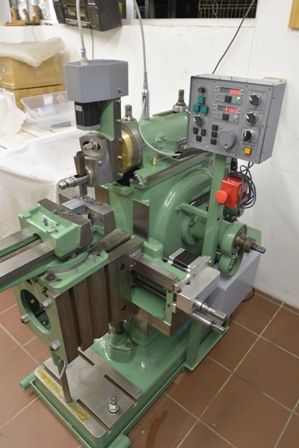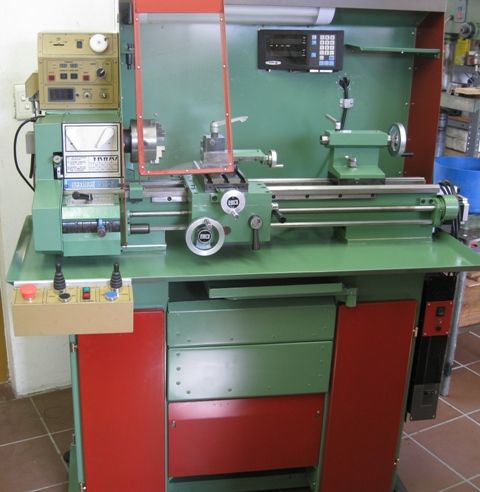Posted by SillyOldDuffer on 20/03/2019 11:17:20:
Posted by Joseph Noci 1 on 19/03/2019 19:20:41:
Interesting that you folk recommend enamel paint – in our hemisphere, enamel paint is a generic name for the type of paint used in household applications – gloss and semi-gloss for doors, door frames, exterior facia boards, etc. This tends to be a turpentine solvent based paint and does certainly not stand up to machine lubrication oils and water soluble coolant, etc. Strictly utilitarian , white goods, and never on machines! So, your enamel must be something else..
…
'Enamel' is another of those words that's bent it's meaning over time and space. Originally 'enamel' was a baked on coating, heatproof, very hard and durable, applied to domestic ovens and cast-iron baths etc. Usually but not necessarily white. Expensive, can be done on a small scale, but really needs a largish kiln. Still found on posh cookware.
Later 'enamel' came to include 'hard wearing paints that look like real enamel', or, less desirably, 'any soft paint that looks a bit like real enamel'. Usually in the UK the hard wearing definition is what's meant, but what's available ranges between high-performance 2-part paints, and cheaper, less tough, mixtures. It is also possible to buy 'enamel' paints that aren't hard-wearing at all, making Grant's question a good one.
Dave
Dave, I would have to put my pedant hat on, and challenge you on that.
The first type you refer to has traditionally been referred to as stove enamelling. It still very much exists, and sits side by side with other (non baked) enamels.
Whilst I agree that the second is a catch all encompassing many types of 'enamel', it is still true that there is a separation, as there always has been, between baked stove enamel, and air drying (all the others).
You haven't even mentioned powder coating, which probably sits uncomfortably between the other two categories 
Grant Allen 1.










